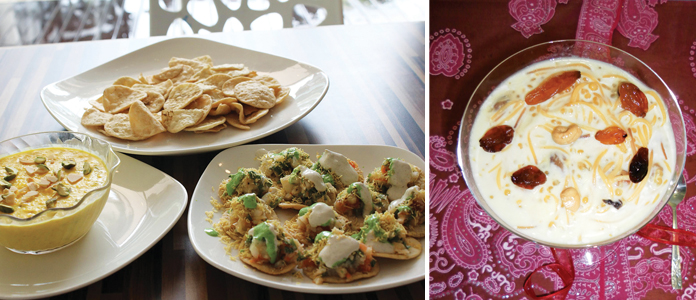 During the Hindu tenth lunar month (Thai), when the brightest star (Pusam) shines, the Thaipusam Festival honours Lord Subramaniam who battled victoriously using a spear, and represents good over evil.
During the Hindu tenth lunar month (Thai), when the brightest star (Pusam) shines, the Thaipusam Festival honours Lord Subramaniam who battled victoriously using a spear, and represents good over evil.
PREPARATION
Thaipusam, signifying penance and thanksgiving, sees devotees walking four-kilometres from Sri Srinivasa Temple on Singapore’s Serangoon Road, to Chettiars Temple, Tank Road. Preparations involve cleansing spiritually and physically for 48 days, eating only one meal (vegetarian) daily, and fasting for 24 hours before Thaipusam.
THAIPUSAM DAY
After early morning bathing in turmeric-spiced water (representing goodness), devotees dressed in yellow (with its calming affect) pray at the temple.
Many carry kavadis (arched steel structures) on their shoulders, while some females carry palkadams (milk pots) on their heads. A kavadi could be four-metres high, weigh up to 35 kilograms, decorated with flowers, fruit, neem leaves and peacock feathers. Devotees might have their cheeks, tongue and body pierced with skewers, or spears, some weighted with limes against negative energy. The sacrificial walk, which takes several hours, culminates with the removal of kavadis and the emptying of milk pots as an expression of thanks to Lord Subramaniam.
FASTING
Vegetarian food for Hindu religious fasting includes nutritious dairy products, nuts for energy, and fruit and vegetables. Garlic and onion are avoided, spices used sparingly, plus abstaining from caffeine and chocolate.

INDIAN VEGETARIAN DELIGHTS
Popular dishes for general meals include lentils, a protein-rich staple; plantain poriyal curry made with bananas for an energy boost; accompanied by sambar, a lentil and vegetable puree; and chutney. Other favourites include olan, a mild curry with cooling winter melon slices; rasam, a spicy tamarind-based soup that aids digestion; and mouth cooling raita, a refreshing condiment made with yogurt, herbs, spices, and cucumber.
Long-time friend Dhershini Govin Winodan, author of Indian Food Today and Feast of Flavours from the Indian Kitchen shared, “A meal might include rice, sambar, aviyal (mixed vegetable thick curry with coconut-milk), ereshery (green bananas cooked with white kidney-beans and pumpkin, high in fibre), and a host of others. Payasam dessert is favoured (milk-based, sweet, thick porridge made with rice or vermicelli, nuts and fruit).”
Snacks include crispy appalam (fried thin wafers using rice and ground lentils), enjoyed with chutney; popular mango-chutney uses tamarind, strengthening immune systems; papadam (crisp thin flatbread) of chickpea-flour and cumin; farali chevdo (potato-sticks) provides energy from nuts, spices, and potatoes.
Beverages include milk, tea, coffee and fruit juices. Buttermilk incorporates yoghurt, herbs and spices. Lassi is yoghurt-based. Cumin water aids digestion, winter-melon tea is cooling. Falooda dessert-drink contains milk, basil-seeds, rose syrup, tapioca and vermicelli.
ORDERING A MEAL
Food is generally shared at the table. A meal typically includes three vegetable dishes (including lentils) and two curry items, depending on the number of persons, choosing different textures, tastes and colours. Rice and bread are staples. Very sweet desserts or fresh fruit end a meal.
“Sapudungal” “Please eat.”








